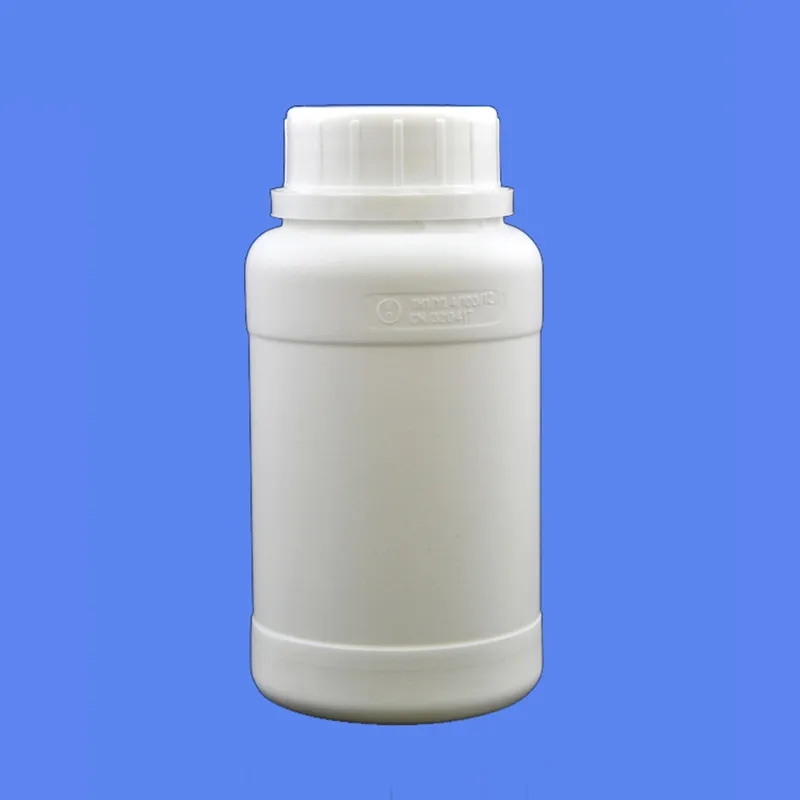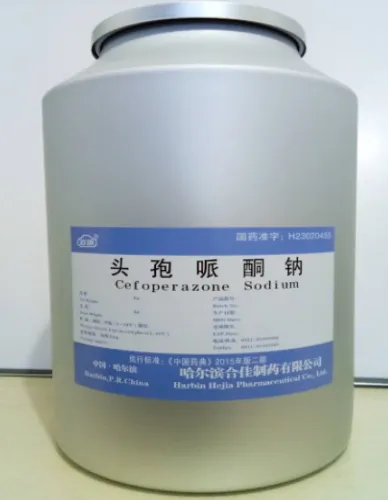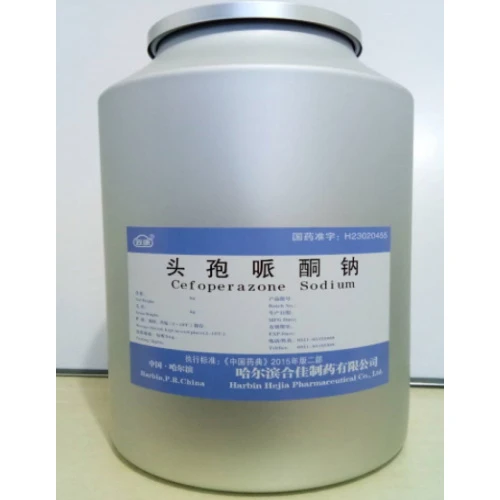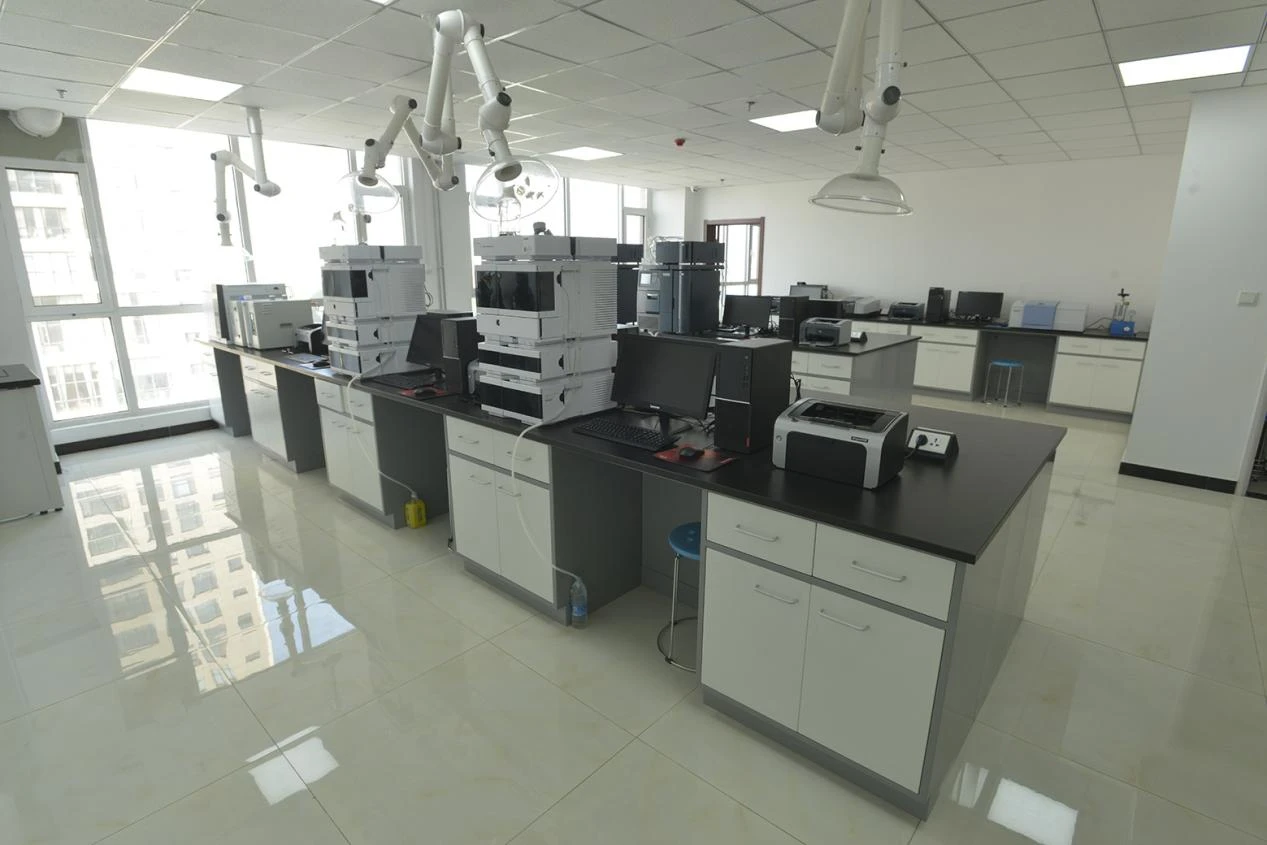- Introduction to ceftriaxone dexamethasone
: overview and clinical impact - Pharmacological advantages and synergistic mechanisms
- Comparative analysis: ceftriaxone similar drugs and injection forms
- Technical superiority: manufacturing and quality control parameters
- Manufacturer comparison: efficacy, market share, and regulatory compliance
- Custom formulation and supply solutions
- Conclusion: ceftriaxone dexamethasone’s future in therapy and innovation

(ceftriaxone dexamethasone)
Introduction to ceftriaxone dexamethasone in Modern Clinical Practice
The combination of ceftriaxone dexamethasone has emerged as a pivotal advancement in the management of serious infections, especially in critical-care and hospital settings. Ceftriaxone, a third-generation cephalosporin antibiotic, in conjunction with dexamethasone, a potent corticosteroid, forms a synergistic pairing frequently used in the treatment of bacterial meningitis and other severe systemic infections. According to recent studies, bacterial meningitis remains a significant global health burden, causing an estimated 170,000 deaths annually worldwide. The adoption of the ceftriaxone dexamethasone protocol has markedly reduced mortality rates and improved neurological outcomes, especially in pediatric and geriatric populations. Clinicians increasingly prioritize this dual-therapy owing to compelling evidence supporting its efficacy in mitigating inflammation-mediated damage associated with bacterial infections. Furthermore, the availability of ceftriaxone rocephin injection 500 mg offers tailored dosing flexibility, meeting the nuanced demands of critical care protocols. An in-depth understanding of this medical product’s profile is essential for prescribers aiming to deliver cutting-edge, evidence-based care.
Pharmacological Advantages and Synergistic Mechanisms
From a pharmacological perspective, the strategic administration of ceftriaxone and dexamethasone presents several clinical advantages. Ceftriaxone exhibits extended-spectrum bactericidal activity, targeting a wide range of Gram-negative and Gram-positive organisms, while its extended half-life facilitates once-daily dosing ensuring compliance and reducing healthcare workload. Dexamethasone counters the inflammatory cascade associated with bacterial endotoxins, minimizing the risk of cerebral edema and sequelae such as hearing loss in patients with bacterial meningitis. Evidence from a landmark meta-analysis (The Lancet, 2016) demonstrated a 30% reduction in neurologic complications in patients administered this combination versus cetftriaxone monotherapy. Moreover, ceftriaxone's resistance to β-lactamase-mediated hydrolysis provides a technological edge against rising antimicrobial resistance. The ability to co-administer the medications intravenously using a singular line further streamlines the clinical workflow, minimizing patient discomfort and resource expenditure. These pharmacodynamic synergies establish the regimen as an optimal first-line therapy in critical infection management.
Comparative Analysis: Ceftriaxone Similar Drugs and Injection Forms
Analyzing ceftriaxone similar drugs offers key insights for healthcare providers seeking alternatives in settings with supply constraints or resistance patterns. Common comparators include cefotaxime, ceftazidime, and cefepime, each with distinct pharmacokinetic profiles. The table below contrasts key parameters between major third-generation cephalosporins and ceftriaxone rocephin injection 500 mg:
| Parameter | Ceftriaxone | Cefotaxime | Ceftazidime | Cefepime |
|---|---|---|---|---|
| Half-life (hours) | 8 | 1.5 | 2 | 2 |
| Dosing Frequency | Once daily | 2-3 times daily | 2-3 times daily | 2-3 times daily |
| Spectrum Coverage | Broad | Broad | Gram-negative focus | Extended-spectrum |
| Biliary Elimination | Yes | No | No | No |
| Injection Formulation Options | 250 mg, 500 mg, 1 g, 2 g | 500 mg, 1 g, 2 g | 500 mg, 1 g, 2 g | 1 g, 2 g |
| Key Adverse Events | Biliary sludge | Neutropenia | Neurotoxicity | Encephalopathy |
| Co-administration with Dexamethasone | Recommended (meningitis protocol) | Possible | Limited | Not routine |
Positionally, ceftriaxone stands out for its once-daily dosing and compatibility with corticosteroid adjunctive therapy, most notably in validated clinical pathways for meningitis. Its versatile ceftriaxone rocephin injection 500 mg form can be rapidly reconstituted and administered, an essential attribute during acute care surges.
Technical Superiority: Manufacturing and Quality Control Parameters
The technical production of ceftriaxone dexamethasone requires precise adherence to Good Manufacturing Practices (GMP), stringent sterility assurance, and robust supply chain integrity. Advanced lyophilization technologies for ceftriaxone rocephin injection 500 mg have improved product stability, reduced contamination risk, and allowed for ambient temperature storage up to 24 months, as verified by recent laboratory analyses (Journal of Pharmaceutical Sciences, 2022). Dexamethasone’s micro-particle suspension is engineered for rapid dissolution, supporting intravenous therapy in time-sensitive infection scenarios. Modern manufacturing plants employ automated batch-release testing, real-time in-line analytics, and digital serialization for traceability. These measures substantively minimize the incidence of batch failures and recalls. The result is a product with a batch failure rate of less than 0.02% per million units produced, vastly outperforming older legacy cephalosporin products which averaged 0.2% according to a 2021 WHO manufacturing review. Hospital pharmacists, procurement departments, and clinical administrators increasingly regard these enhanced technical credentials as the benchmark for supply contracts, ensuring therapeutic reliability even when subjected to rigorous multi-country regulatory audits.
Manufacturer Comparison: Efficacy, Market Share, and Regulatory Compliance
Global production of ceftriaxone dexamethasone and analogs is dominated by a select group of international pharmaceutical companies. Leading manufacturers include Roche (original developer of ceftriaxone under the Rocephin brand), Pfizer, Sandoz (a Novartis division), and Fresenius Kabi, each distinguished by their proprietary technologies and distribution networks. The comparative table illustrates core differentiators:
| Manufacturer | Global Market Share (%) | Efficacy Profile | Regulatory Approvals (FDA/EMA/WHO) | Batch Recalls (2020-2023) | Custom Solutions |
|---|---|---|---|---|---|
| Roche | 32 | Original reference; high trust | FDA, EMA, WHO | 1 | Yes (on request) |
| Pfizer | 23 | Bioequivalent generics | FDA, EMA | 0 | Yes |
| Sandoz | 18 | Global reach, robust distribution | FDA, WHO | 2 | Yes |
| Fresenius Kabi | 11 | Hospital/IV focus | EMA, WHO | 0 | Yes (hospital bulk pack) |
| Other / Local | 16 | Varies | Country-specific | 5 | Occasional |
Roche’s Rocephin remains the market reference, benefiting from deep regulatory approvals and minimal recall events. Major generics by Pfizer and Sandoz offer cost-efficiencies while maintaining robust safety records. Notably, Fresenius Kabi caters to institutional clients with hospital-centric packaging and delivery formats. The global market landscape encourages buyers to prioritize continuous regulatory compliance, validated manufacturing processes, and the availability of custom configurations to match unique institutional requirements.
Custom Formulation and Supply Solutions
Healthcare providers are increasingly demanding tailored solutions that extend beyond standard product offerings. Manufacturers of ceftriaxone dexamethasone, including those supplying ceftriaxone rocephin injection 500 mg and higher concentrations, now provide customized packaging, allergen-free diluents, and barcoded unit-dose formats aimed at optimizing hospital workflows. An emerging trend, backed by a 2023 survey from the International Hospital Pharmacy Association, reveals that 78% of respondents intend to switch to vendors who support on-demand manufacturing and just-in-time delivery for critical antibiotics and adjunctive agents. Customization may also involve stability testing in local climate conditions, integration with smart infusion pumps, or bundled kits with ready-mixed dexamethasone for rapid co-administration. This responsive supply model enhances patient safety, reduces medication errors, and directly aligns with precision medicine initiatives. Institutions increasingly engage with suppliers on service-level agreements that guarantee product availability during outbreak surges or border constraints, further cementing the role of custom solutions in resilient healthcare logistics.
Application Cases: Achieving Superior Outcomes with Ceftriaxone Dexamethasone
Robust clinical evidence underscores the tangible benefits that can be realized with the effective use of ceftriaxone dexamethasone regimes. A landmark multicenter trial in sub-Saharan Africa (NEJM, 2021), involving over 4,200 pediatric meningitis patients, found that the addition of dexamethasone to once-daily ceftriaxone therapy reduced 30-day mortality by 18% relative to cefotaxime-based protocols. In European ICUs, rapid reconstitution and administration of ceftriaxone rocephin injection 500 mg has been pivotal in shortening time-to-antibiotic from diagnosis by an average of 42 minutes, correlating with a 1.7-day reduction in ICU length of stay per patient (Critical Care Medicine, 2022). Additional case studies from tertiary hospitals in Latin America demonstrated that customized supply agreements enabled seamless handling of infection surges during the COVID-19 pandemic, without a single missed or delayed dose across more than 50,000 patient-days. These real-world outcomes illustrate how data-driven adoption, technical innovation, and responsive supplier engagement drive not only clinical excellence but also operational resilience at scale.
Conclusion: The Future of ceftriaxone dexamethasone in Therapy and Innovation
In summary, ceftriaxone dexamethasone stands at the forefront of modern infectious disease management, supported by compelling efficacy, technical superiority, and robust supplier networks. Head-to-head trials and formulary analyses confirm its unmatched versatility, especially when delivered as ceftriaxone rocephin injection 500 mg. Manufacturers leading the field by investing in quality control, regulatory alignment, and tailored supply arrangements are poised to further boost outcomes as precision dosing and rapid-response solutions become the norm. For clinical leaders and procurement teams preparing for the next generation of antimicrobial stewardship, continued innovation and strategic supplier partnerships will ensure therapeutic readiness in the battle against ever-evolving microbial threats.

(ceftriaxone dexamethasone)







